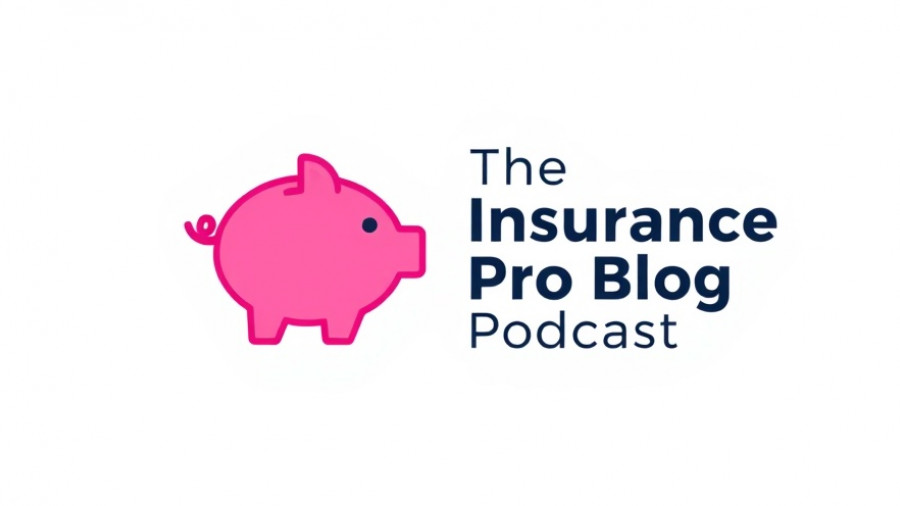
The Overlooked Power of Whole Life Insurance
In financial circles, the debate between term and whole life insurance often evokes fierce opinions, yet many overlook the transformative potential of whole life insurance in the realm of wealth preservation. This financial tool is not merely about paying for a death benefit; it is fundamentally about building generational wealth and protecting assets in volatile markets.
Whose Financial Needs Do You Serve?
Unlike term insurance, which strips away coverage once premiums cease, whole life insurance offers a stable, predictable growth mechanism that withstands economic fluctuations. Approaching this investment can feel daunting, especially when traditional narratives emphasize short-term gains. Yet understanding the different layers of whole life insurance is essential for business owners and families aiming to safeguard their financial future.
Real-World Applications of Whole Life Insurance
The utility of whole life insurance extends far beyond death benefits. Savvy individuals utilize it to create liquidity, enabling them to manage income fluctuations without compromising their financial standing. In contrast to riskier assets, this form of insurance often yields tax-free distributions and assured growth. Here, an analogy ensues: comparing whole life insurance to term insurance is not unlike evaluating a Honda against a Rolls-Royce; both serve a purpose, but only one ensures comfort, pedigree, and longevity.
Navigating Challenges: The Time Factor
In the age of instant gratification, the notion of waiting for positive returns can be met with skepticism. However, patience in the context of whole life insurance pays off significantly. Clients often realize that early withdrawals or panic during unavoidable market downturns can derail long-term plans. Financial advisors recommend leveraging this strategy not as an immediate cash generator, but rather as a foundational pillar for wealth accumulation.
Addressing Common Misconceptions
Another misconception is viewing whole life insurance purely through the lens of cost. While it might initially seem more expensive than term options, its comprehensive benefits and potential long-term returns position it as a far more valuable asset. Understanding how it functions and the inherent benefits can displace fears surrounding inflation and market sensitivity, making it a resilient choice in your investment strategy.
Practical Takeaways: What Are Your Next Steps?
For families and professionals aiming to truly cultivate generational wealth, exploring whole life insurance as part of their financial strategy is essential. It not only offers asset protection but also facilitates simplified wealth transfer, an often-overlooked advantage absent in other financial instruments. Engagement with a seasoned financial advisor could illuminate the nuances of whole life insurance tailored to your individual needs and circumstances.
Are you ready to elevate your financial strategy? Dive deep into the world of whole life insurance to experience unparalleled asset protection and wealth-building capabilities. Contact us today to discuss how we can help you achieve a secure and prosperous financial future.
 Add Row
Add Row  Add
Add 




Write A Comment